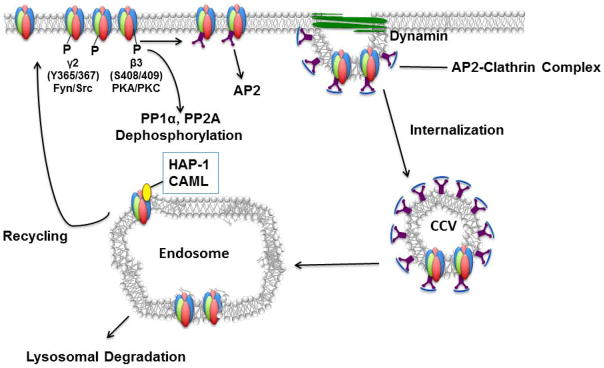Fig. 3. GABAAR endocytosis and recycling.

GABAAR endocytosis occurs primarily via mechanisms dependent on the formation of clathrin-coated vesicles. Clathrin- and dynamin-mediated endocytosis is regulated in a phospho-dependent manner via the interaction of specific motifs within the intracellular loop of the β and γ subunits with the μ subunit of the AP2 protein. Phosphorylation of residues within the intracellular domains of β3 and γ2 subunits (by kinases PKC/PKA or Fyn/Src, respectively) interferes with this interaction and therefore stabilizes GABAARs in the cell membrane. When endocytosed, GABAARs can be ubiquitinated and degraded via lysosomal degradation. Alternatively, the receptors can interact with regulatory lysosomal proteins such as HAP1, and CAML, which promotes the transport and recycling of receptors back to the cell surface (Arancibia-Cárcamo et al., 2009).
